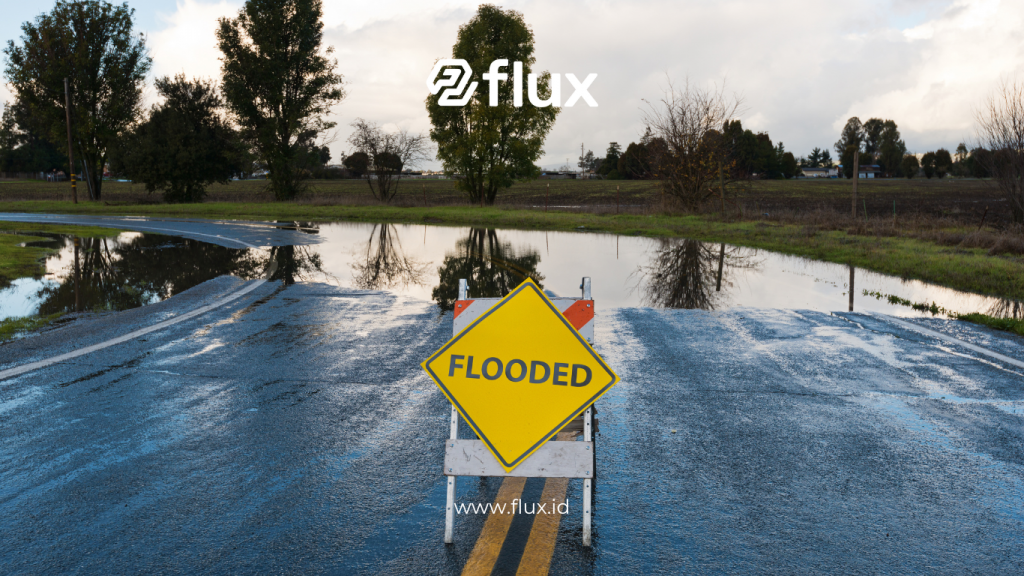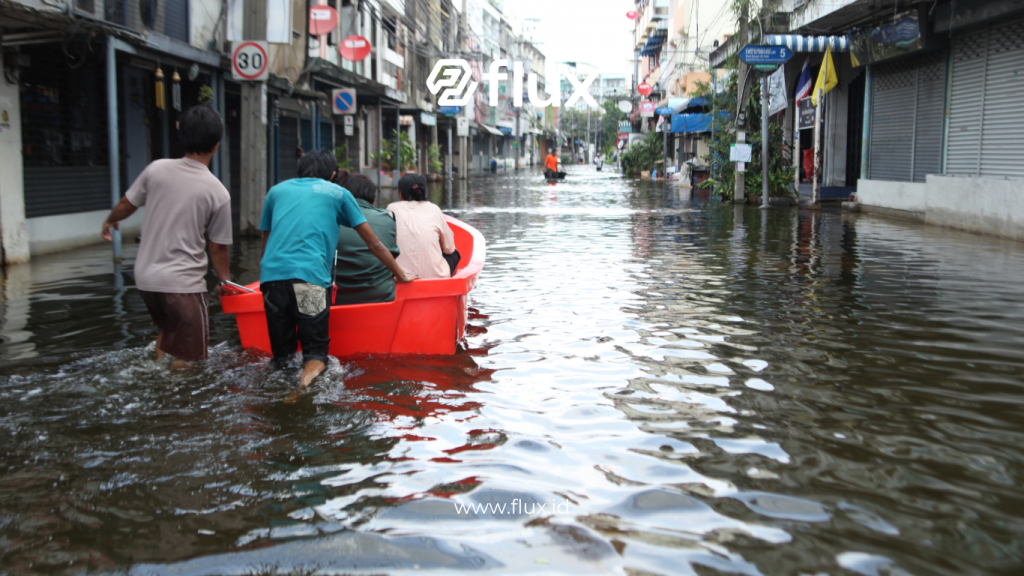Don't miss our holiday offer - 20% OFF!
Flooding is one of the most frequent and devastating natural disasters, affecting human lives, infrastructure, and the environment. With climate change accelerating, the risk of floods has significantly increased. To tackle this growing challenge, IoT (Internet of Things) sensors have emerged as an innovative and effective solution for flood monitoring.
In this article, we will explore how IoT sensors are used to monitor floods, the technology supporting them, their benefits, and the challenges of implementing these systems.
Contents
What Are IoT Sensors and How Do They Work?

Read More: Flood Anticipation with IoT, Direct Monitoring from Smartphone
IoT sensors are smart devices that can collect, process, and transmit data over the internet. In the context of flood monitoring, these sensors serve several crucial purposes:
- Measuring Water Levels: Ultrasonic or radar sensors detect changes in water levels in rivers, lakes, or flood-prone areas.
- Detecting Rainfall: Rain sensors monitor rainfall intensity, which can potentially lead to flooding.
- Monitoring Water Quality: These sensors measure parameters such as pH, dissolved oxygen, or turbidity levels to assess pollution during floods.
The data collected by these sensors is transmitted in real-time to cloud platforms for analysis. Authorities can access this information promptly to make quick, informed decisions.
Key Components of IoT-Based Flood Monitoring Systems
The IoT-based flood monitoring system consists of several components that work together to provide accurate and timely flood data:
- Sensor Devices: These devices collect data from the field.
- IoT Gateway: The gateway connects the sensors to the internet, facilitating real-time data transmission.
- Cloud Platforms: Data sent by the sensors is stored and analyzed on cloud platforms.
- Dashboard Applications: These applications visualize the data, making it easier for authorities to monitor flood risks and make decisions.
Benefits of IoT Sensors in Flood Prevention

Read More: Flood Weather Sensor: Advanced for Prediction and Mitigation
IoT sensors bring several advantages to flood prevention systems, including:
- Real-Time Monitoring: The availability of real-time data allows for quick decision-making and intervention.
- Early Warning System: The system sends automatic notifications when certain parameters exceed predefined thresholds, alerting authorities and citizens.
- Cost Efficiency: Automated monitoring reduces operational costs compared to traditional methods, which require manual labor and time.
- Resource Management: Historical data helps in urban planning, resource allocation, and flood risk management, allowing authorities to make more informed decisions.
Case Studies: IoT Sensor Implementation in Flood-Prone Areas
Several major cities have successfully implemented IoT sensors to mitigate the impacts of floods. For example:
- Jakarta Smart City: The city uses water level sensors placed at various locations to provide real-time updates to citizens through mobile apps. This data helps prevent urban flooding by enabling faster responses to rising water levels.
- Semarang: In Semarang, water quality sensors help detect potential floods caused by heavy rainfall and seawater intrusion, providing authorities with valuable information to manage flood risks better.
Challenges in Implementing IoT Systems

Read More: Decoding Pressure Sensors for Flood Prediction and Mitigation
While IoT sensors offer many benefits, several challenges remain:
- Infrastructure Limitations: Many areas, particularly remote regions, may not have stable internet access, which could hinder the effectiveness of IoT sensors.
- High Initial Costs: Setting up an IoT-based monitoring system requires substantial upfront investment in sensors, infrastructure, and installation.
- Data Reliability: The accuracy of the data depends on the proper maintenance and calibration of the sensors, which can be challenging to ensure over time.
- Data Security: Protecting the data transmitted over the internet is crucial. Authorities must safeguard the system from cyberattacks that could compromise the integrity of the data.
The Future of Flood Monitoring with IoT
The future of flood monitoring with IoT looks promising as technology continues to advance. Innovations such as AI (Artificial Intelligence) for flood prediction and enhanced integration with emergency communication systems will significantly improve flood management systems. These advancements will enable even more precise and proactive flood prevention strategies.
Conclusion
In conclusion, IoT sensors provide a powerful and efficient solution to combat the growing challenge of floods. With real-time monitoring, early warning systems, and data analysis capabilities, these sensors help protect communities from the devastating effects of flooding. However, to fully harness their potential, authorities must address the challenges of infrastructure limitations, high costs, data reliability, and security. By doing so, IoT-based flood monitoring systems can play a critical role in reducing the risk and impact of floods on communities worldwide.





